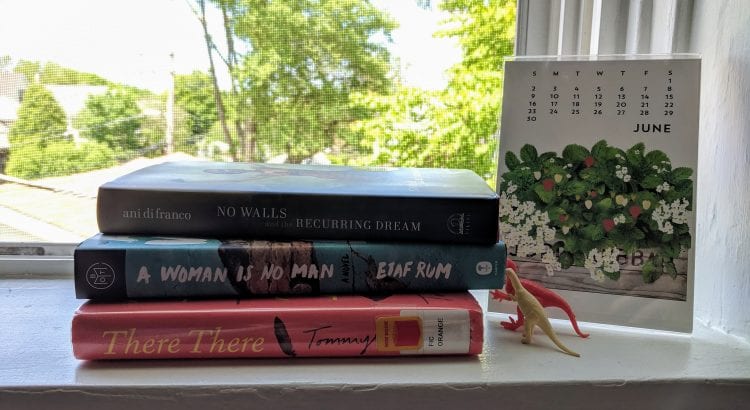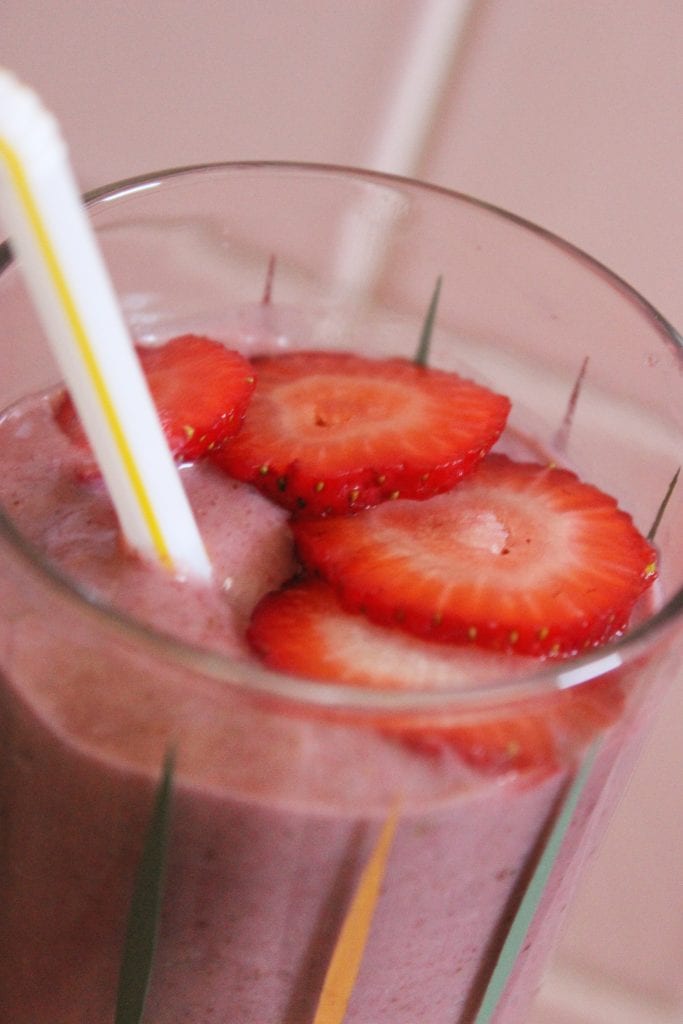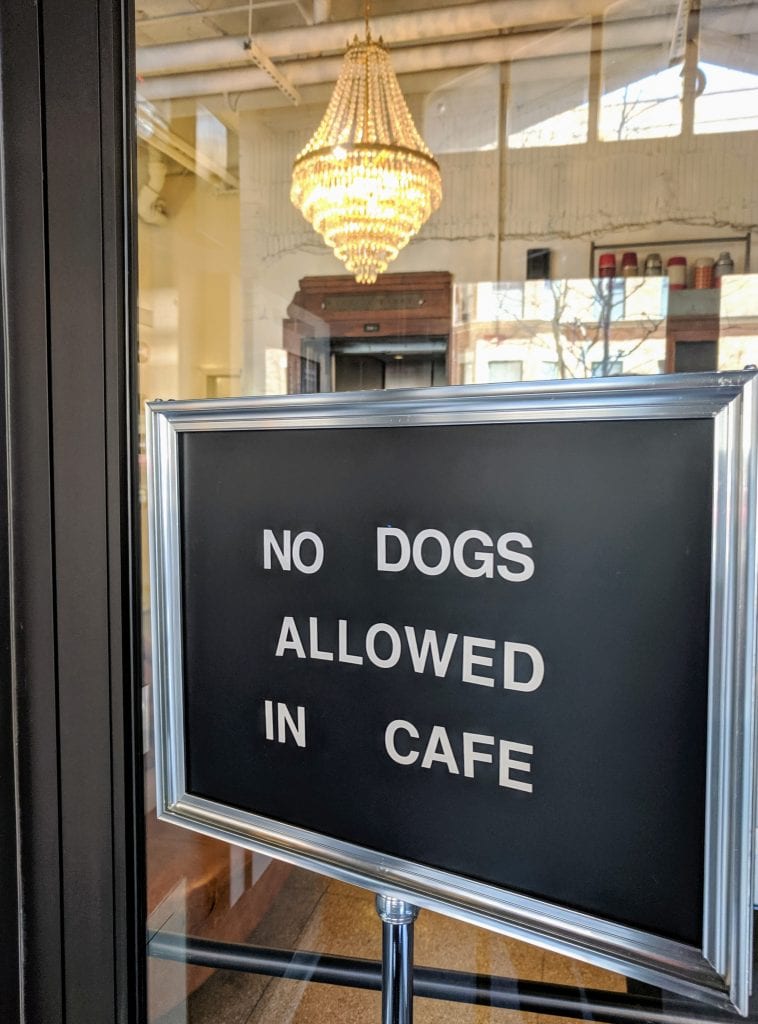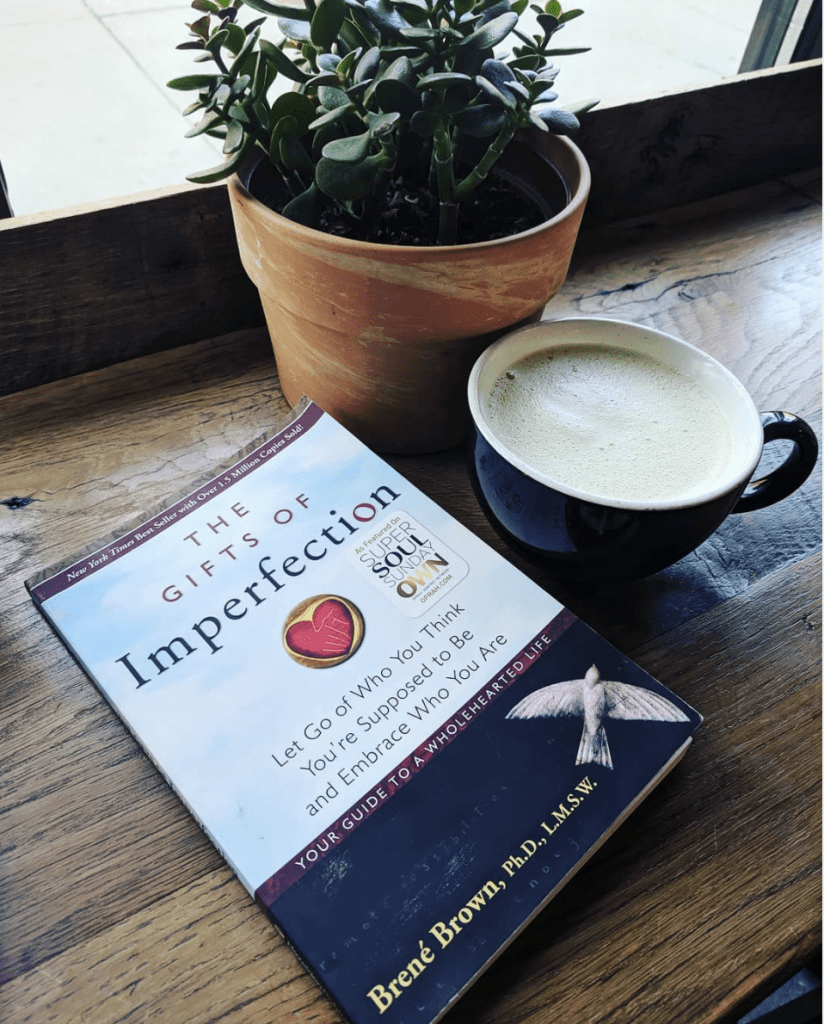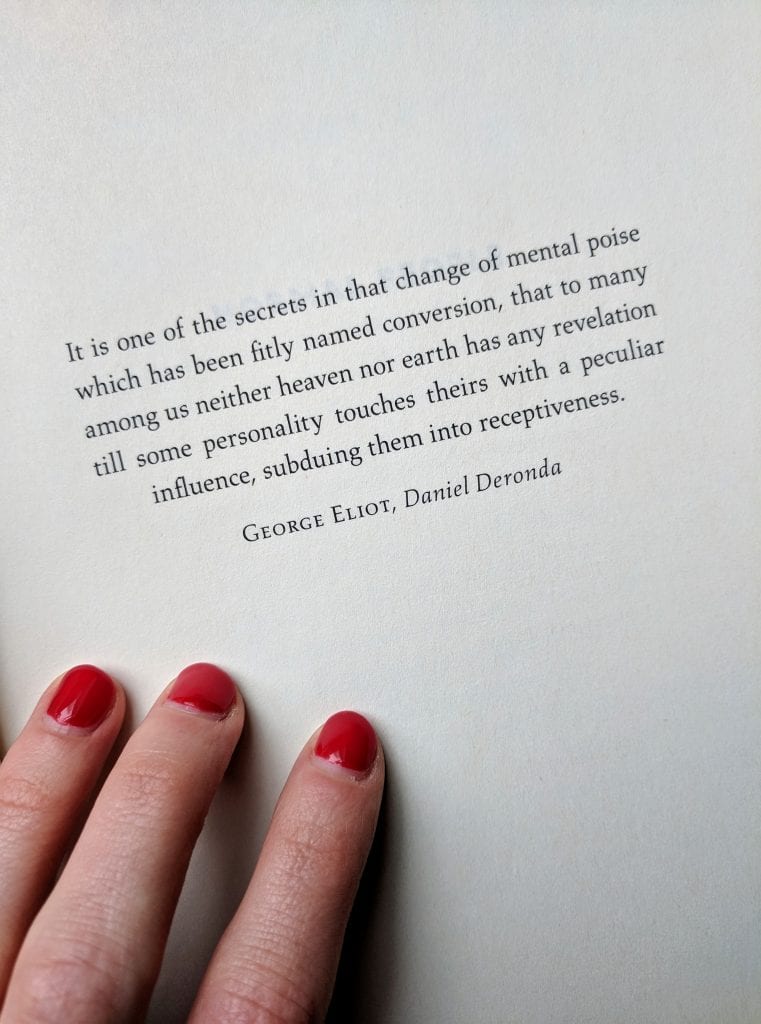
A Woman is No Man by Etaf Rum
Reading about the lives of conservative Arab women living in America does not sound like an entertaining time to me (the conservative descriptor is what feels most like a snooze, to be clear). However, I’ve read nothing but good things about this new, debut novel by Etaf Rum—part addictive page-turner, part family portrait with secrets waiting in the shadows.
Deya is a Brooklyn gal who is 18 and being pursued by suitors selected by her grandparents. Yikes enough as is, certainly, but the situation is underlined by a black line that traces back to the story of Deya’s mother, Isra, who left Palestine as a teen to marry her heart’s desire, not her parents’. Isra supposedly died in a car accident. A secret note, mysterious woman, and gut feeling say otherwise.

There There by Tommy Orange
This book was published last year and the Chicago literati looooved it. Devoted Chicago literati follower that I am, I put this on my to-read list. They’ve never led me astray with a bad book recco yet, and There There has further confirmed my faith in their Book Gods status (see also: “Yes, Tommy Orange’s New Novel Really Is That Good” by the New York Times).
Each chapter follows a different character in a very large cast of Native Americans in Oakland, all of whom are making their way to a fateful powwow that ends in a ~very American~ tragedy. The story wields language, grief, and first-person narrative like a knife sharpened on the too-long-ignored, unquiet bones of a true-life genocide.
The title is a reference to a misunderstood (whitewashed) Gertrude Stein quote about Oakland that Orange brilliantly weaves into one character’s scene. The phrase also comes up in another place, referencing the Radiohead song by the same name, demonstrating how contemporary and historically intertwined this novel is, symbolic of Native American experience and life in Oakland. Those cross-generational twines can continue to choke a whole community, or the rest of us can help them become untangled and pull everyone up with the rope.
I would like Tommy Orange to publish a new book immediately.

No Walls and the Recurring Dream by Ani DiFranco
My bff in college loved the singer-songwriter Ani DiFranco. She played me Ani’s “Not A Pretty Girl” one day our freshmen year, likely when it was spring and I was sweaty and sitting on the floor of her dorm room and licking cheese fry sauce off my fingers. And feeling righteous in the pit of my stomach or something similarly ravenous somewhere that no food hall cheese fry could ever satisfy.
Ani’s songs made sense to me, and they made me feel better. Not, like, better in the moment of listening, but holistically, lifelong, better. Finding her (along with Fiona Apple and The Distillers) was like finding the handle for the pressure valve release of my confused spirit. I never knew I needed someone to voice what Ani does until I heard Ani do it.
I am not a pretty girl
I don’t really want to be a pretty girl
I wanna be more than a pretty girlI am not an angry girl
But it seems like I’ve got everyone fooled
Every time I say something they find hard to hear
They chalk it up to my anger
And never to their own fearImagine you’re a girl, just trying to finally come clean
Knowing full well they’d prefer you were dirty
And smiling, and I am sorryBut I am not a maiden fair
And I am not a kitten
Stuck up a tree somewhere
Ani’s music helped inform my understanding of the world, of myself, and of the experience of being and becoming a woman. When her voice cracks but she keeps singing her truth, she told the rest of us we could and should do the same.
I’m really excited to read her debut memoir, in which she tracks her totally underrated journey to DIY superstardom (she released her first album at 18, rejected the mainstream recording industry and created her own successful label, Righteous Babe Records), navigating the music industry in the 1990s and 2000s, getting an abortion, becoming a mother, speaking as a social activist, being a creative entrepreneur, and so much more.



